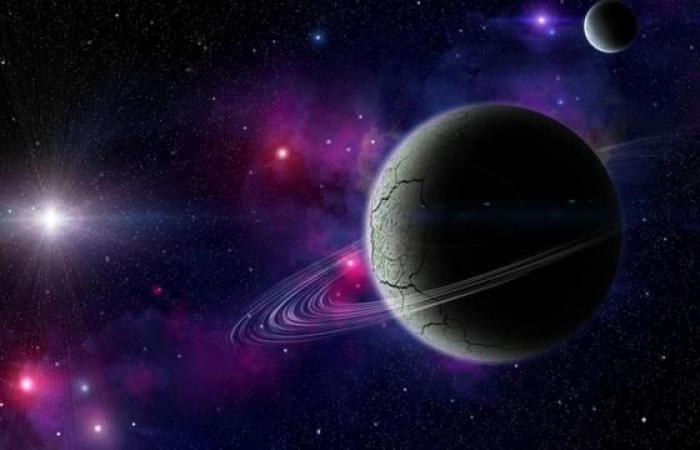Thanks to the James Webb telescope, astronomers discovered in the atmosphere of K2-18B chemical compounds, “biosignatures” of a possible extraterrestrial life
Are we alone in the universe? Astronomers come to bring a new element to this question which has tapped humanity since the dawn of time. They announce in fact having detected the most promising “indices” to date of a potential life on a planet outside our solar system, but other scientists invite caution.
Located at 124 light years from the earth, in the constellation of the lion, K2-18B is the subject of debates within the scientific community, which wonders if this exoplanet could be an ocean world capable of sheltering a microbial life.
A discovery thanks to James Webb
Using the James Webb telescope, a team of American-British researchers has detected in its atmosphere signs of chemical compounds long considered as “biosignatures” of a possible extraterrestrial life. On earth, dimethyl sulfide and dimethyle disulfide are only produced by living organisms – especially phytoplankton.
“What we observe at this stage are clues of a possible biological activity outside the solar system,” says Nikku Madhusudhan, astrophysicist at the University of Cambridge and the main author of the study published in The Astrophysical Journal Letters. “To be frank, I think this is the case closest to a characteristic that we can attribute to life,” he said, while stressing that other observations were necessary.
In 2023, James Webb had already detected the presence of methane and carbon dioxide in the atmosphere of K2-18B. A first for an exoplanet located in the “habitable zone”, that is to say neither too close, nor too far from his star for the liquid state to exist. He had also recorded low dimensions of dimethyl sulfide, leading astronomers to reject the NASA telescope to K2-18B a year ago.
A discovery still far from being validated
However, these signs remain far below the statistical significance threshold considered crucial to validate a discovery. Last year, scientists found traces of dimethyl sulfide on a comet, suggesting that this substance can be produced by means unrelated to life.
And, another difficulty, K2-18B, with a mass more than eight times greater than that of the earth and a diameter 2.5 times higher, orbit around its star in just 33 days. For Raymond Pierrehumbert, professor of planetary physics at the University of Oxford who studied her, she would therefore be too hot to shelter life. Previous announcements on the discovery of water vapor in its atmosphere has proven to be wrong, also recalls Sara Seager, professor of planetary sciences at MIT in the United States.
According to her, within our solar system, Mars, Venus and moons like Encelade – a Saturn satellite – are “more likely” to shelter life.








